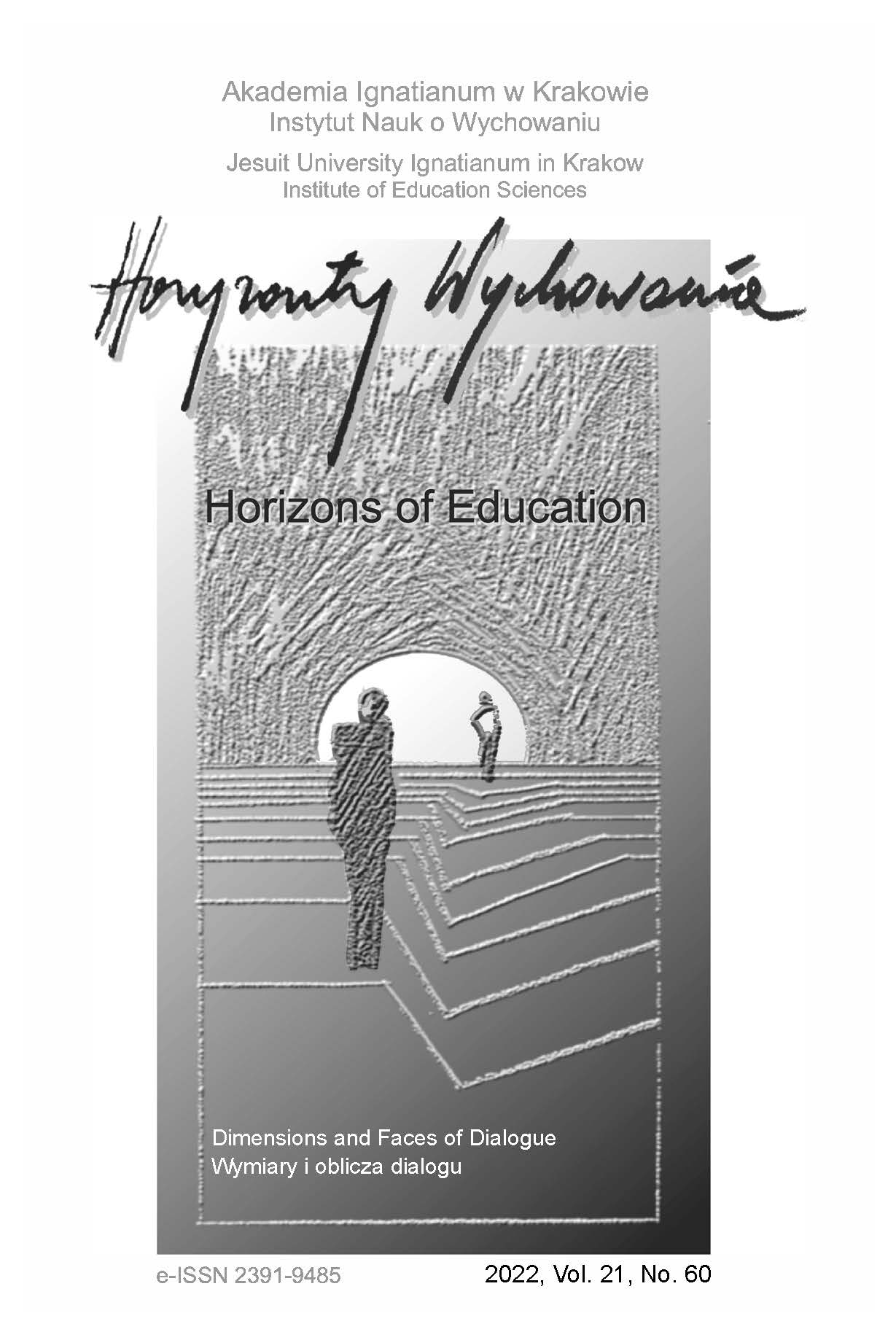The Child’s Right to Co- and Self-determination: A Comparative Legal Analysis
The Child’s Right to Co- and Self-determination: A Comparative Legal Analysis
Author(s): Marta Prucnal-Wójcik, Helen Beckmann-Hamzei, Münevver DalSubject(s): Constitutional Law, Civil Law, Human Rights and Humanitarian Law
Published by: Uniwersytet Ignatianum w Krakowie
Keywords: children’s rights; the child’s right to co-determination; the child’s right to self-determination; hearing the child; parental responsibility;
Summary/Abstract: RESEARCH OBJECTIVE: The aim of the article is to present a comparative analysis of selected European countries’ legal regulations for issues concerning a child’s right to co- and self-determination when those who care for them (under parental responsibility, custody, legal guardianship, etc.) make decisions about their personal life. THE RESEARCH PROBLEM AND METHODS: The research problem concerns whether a child can co-decide or independently make decisions in matters concerning their person or property and, if so, what the scope of this right is. In investigating these questions, the authors used the theoretical and dogmatic legal method as well as the method of analysis (and synthesis) of relevant legal provisions of selected European countries. THE PROCESS OF ARGUMENTATION: In their analysis of the provisions in force in the in- ternal legislation of selected European countries (Germany, Norway, Poland, Sweden and the Netherlands), the authors present the adopted legal solutions for regulating issues related to rights that a child is entitled to when making decisions about their personal life and the responsibilities of parents caring for a child. RESEARCH RESULTS: The legislation of each of the five selected countries gives a child under the care of parents the right to co-determination/self-determination when making decisions about their personal life, although there are noticeable differences between individual national systems. CONCLUSIONS, INNOVATIONS AND RECOMMENDATIONS: Due to the editorial limitations on the length of the article, the authors have limited the analysis to the legislation of five selected European countries and to a general analysis of national laws regulating the research problem. In the longer term, a more in-depth analysis of such provisions seems justified. It also would be interesting to analyze the legal solutions in force in other countries, both European and non-European.
Journal: Horyzonty Wychowania
- Issue Year: 21/2022
- Issue No: 60
- Page Range: 11-21
- Page Count: 11
- Language: English

